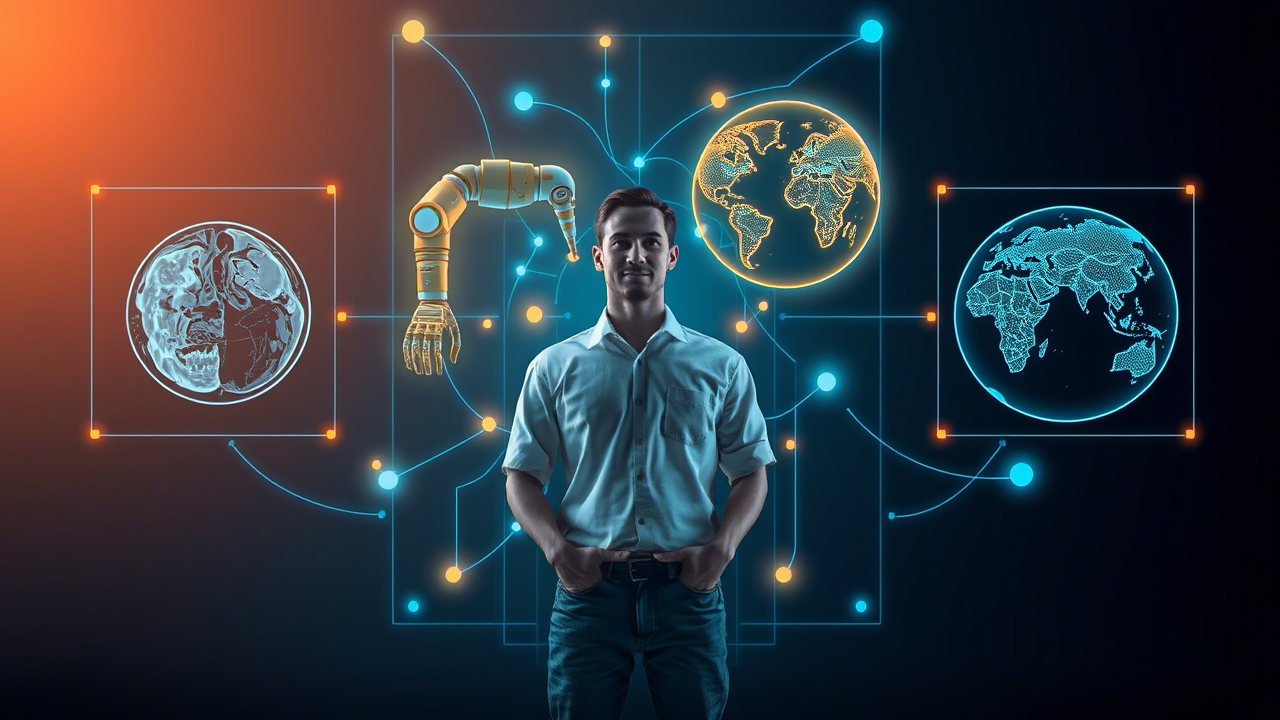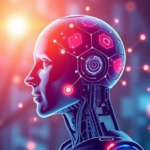The AI industry is evolving at breakneck speed, and staying updated is crucial for anyone looking to stay ahead in today’s tech-driven world. From smarter AI agents to groundbreaking research, the latest developments are not just reshaping industries—they’re redefining what’s possible. Let’s dive into the most recent advancements that are making waves across the globe and explore how they’re set to impact the future of business, technology, and society.
1. Salesforce Agentforce 3: Bringing Visibility to AI Agents
Salesforce has long been a leader in customer relationship management, but with the launch of Agentforce 3, they’re taking AI integration to the next level. This platform is designed to give businesses unprecedented visibility into their AI agents—those digital assistants that handle everything from customer inquiries to sales outreach.
What makes Agentforce 3 stand out is its focus on transparency and control. Companies can now monitor their AI agents in real-time, tracking performance metrics, identifying bottlenecks, and ensuring that these agents are not just autonomous but also accountable. This is a game-changer for industries like customer service, where AI is increasingly handling complex interactions. With Agentforce 3, businesses can optimize their AI’s decision-making processes, ensuring they align with company goals and customer expectations.
Imagine a scenario where an AI agent is handling a high-stakes customer complaint. With real-time visibility, a human supervisor can step in if the AI’s response doesn’t hit the mark, ensuring the customer feels heard and valued. It’s the perfect blend of automation and human oversight—something that’s becoming essential as AI takes on more responsibility.
Why It Matters: As AI becomes more embedded in business operations, tools like Agentforce 3 ensure that companies can trust their AI to perform reliably while maintaining the flexibility to intervene when necessary. This isn’t just about efficiency—it’s about building trust in AI systems.
2. AI Trends: Hyper-Personalization and Edge Computing
Two trends are dominating the AI landscape right now: hyper-personalization and edge computing. Both are pushing the boundaries of what AI can do, but in very different ways.
Hyper-Personalization: Tailoring Experiences Like Never Before
AI is enabling businesses to create experiences that feel uniquely personal to each customer. Whether it’s a marketing email that speaks directly to your interests or a product recommendation that feels like it was handpicked just for you, hyper-personalization is making every interaction feel special.
Take Netflix, for example. Their recommendation engine uses AI to analyze your viewing habits, preferences, and even the time of day you watch to suggest shows you’re likely to love. This level of personalization keeps users engaged and coming back for more. But it’s not just entertainment—retail, finance, and even healthcare are leveraging AI to deliver tailored experiences that drive customer loyalty and satisfaction.
Edge Computing: Real-Time Processing at the Source
While hyper-personalization focuses on the user experience, edge computing is all about speed and efficiency. By bringing AI processing closer to the data source—think IoT devices, sensors, or even your smartphone—edge AI reduces latency and enables real-time decision-making.
In industries like manufacturing, this is a game-changer. Imagine a factory where AI-powered sensors detect a malfunction in real-time and automatically adjust the production line to prevent downtime. Or in healthcare, where wearable devices can monitor a patient’s vitals and alert doctors to potential issues before they become critical. Edge AI is making these scenarios a reality, and its impact is only set to grow.
Why It Matters: Hyper-personalization is transforming how businesses connect with customers, while edge computing is revolutionizing how they operate. Together, these trends are creating more responsive, efficient, and customer-centric systems across industries.
3. Research Breakthroughs: AI’s Role in Scientific Progress
AI isn’t just for business—it’s also accelerating scientific discovery in ways that were once unimaginable. Recent breakthroughs highlight AI’s potential to solve some of the world’s most complex problems.
Predicting Climate Patterns with Precision
One of the most exciting developments is AI’s ability to model and predict climate patterns with stunning accuracy. Traditional climate models are computationally intensive and often struggle with the sheer volume of data involved. AI, however, can process vast datasets quickly, identifying patterns and trends that help scientists better understand climate change.
For instance, researchers are using AI to predict extreme weather events, like hurricanes or heatwaves, with greater precision. This not only aids in disaster preparedness but also informs long-term strategies for mitigating the effects of climate change.
Revolutionizing Healthcare with Predictive Models
In healthcare, AI is being used to predict disease outbreaks and model the spread of infections. During the COVID-19 pandemic, AI models played a crucial role in forecasting infection rates and helping governments allocate resources effectively. Today, similar models are being applied to predict the spread of diseases like malaria or dengue fever in vulnerable regions, enabling faster and more targeted interventions.
Why It Matters: These research breakthroughs aren’t just academic exercises—they have real-world implications. From saving lives to protecting the planet, AI is becoming an indispensable tool in the fight against global challenges.
4. Global AI Updates: Adoption, Generative AI, and Ethics
AI’s influence is spreading rapidly across the globe, and with it comes a wave of innovation—and responsibility.
The Rise of Generative AI
Generative AI tools, like ChatGPT and DALL-E, are transforming creative industries. From generating marketing copy to designing visual assets, these tools are enabling professionals to work faster and more creatively. But it’s not just about efficiency—generative AI is also opening up new possibilities for innovation, allowing creators to experiment with ideas that were once too time-consuming or complex to explore.
Ethical Frameworks: Balancing Innovation with Responsibility
As AI becomes more integrated into our daily lives, the need for ethical guidelines is more pressing than ever. Governments and organizations worldwide are developing frameworks to ensure that AI is used responsibly—addressing issues like bias, privacy, and transparency.
For example, the European Union’s AI Act is one of the first comprehensive regulations aimed at governing AI development and deployment. It’s a sign that the industry is maturing, and that ethical considerations are becoming as important as technological advancements.
Why It Matters: AI’s global adoption is inevitable, but how we manage its growth will determine whether it becomes a force for good or a source of new challenges. Staying informed about these updates is crucial for anyone working with or impacted by AI.
Conclusion: The Future of AI Is Here—Are You Ready?
The developments we’ve explored today are just the tip of the iceberg. AI is no longer a futuristic concept—it’s a present-day reality that’s reshaping industries, driving innovation, and solving complex problems. Whether you’re a business leader, a tech enthusiast, or simply someone curious about the future, understanding these trends is essential.
But here’s the thing: AI’s potential is only as powerful as the people who wield it. The more we learn, share, and collaborate, the better equipped we’ll be to harness its full potential.
Now, I’d love to hear from you: Which of these AI developments excites you the most? How do you see them impacting your industry or daily life? Drop a comment below and let’s get the conversation going!


